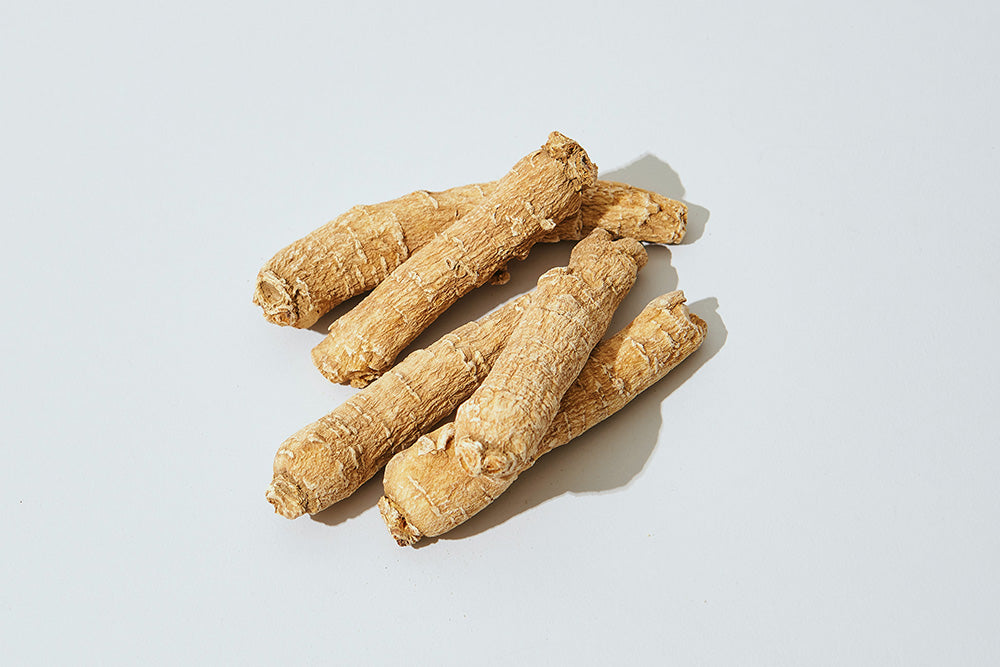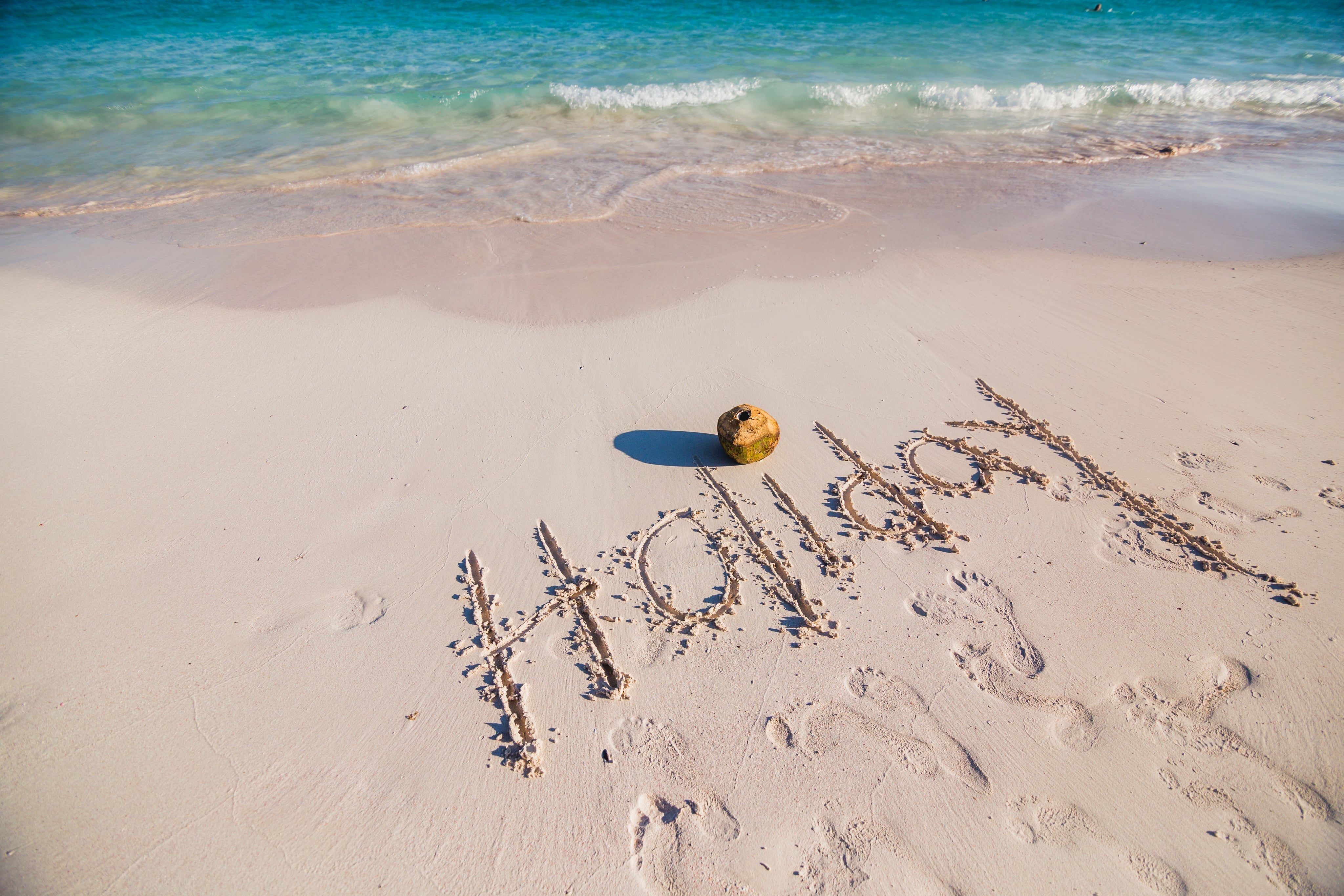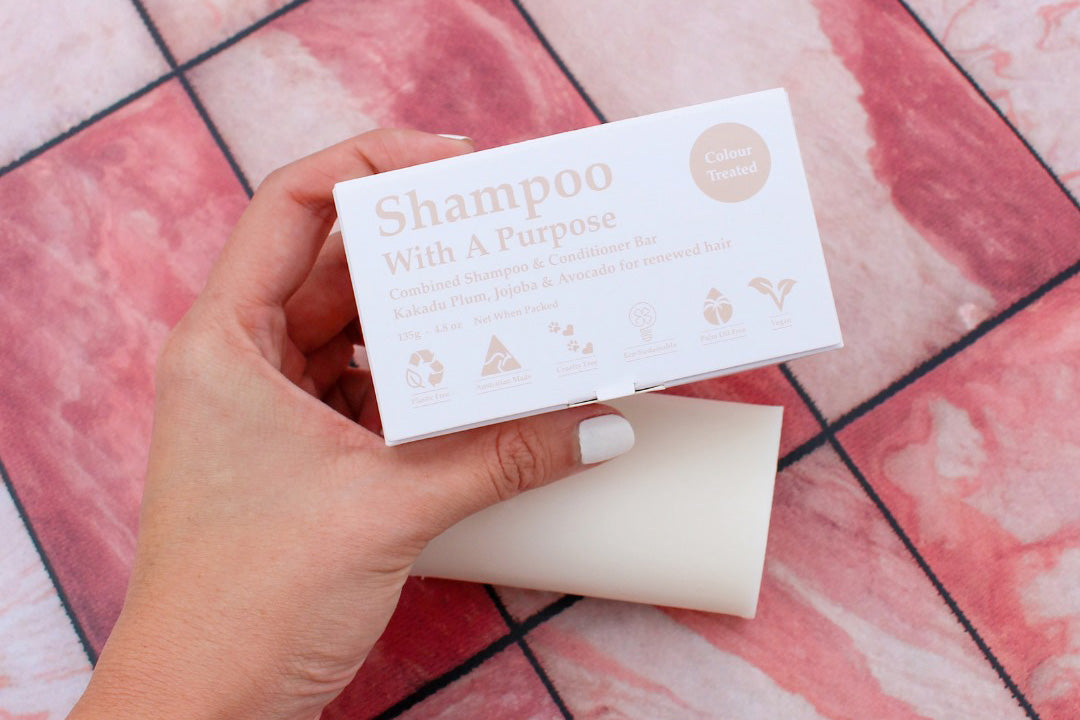How to Avoid Common Issues with Shampoo Bars: A Guide

Shampoo bars are becoming increasingly popular among people who want to reduce plastic usage and transition to using ethical homewares. These bars are a solid form of shampoo that can last longer than traditional liquid shampoo.
However, like any new product, users may encounter issues when using shampoo bars. In this article, we will discuss some of these problems and how to avoid them.
Understanding Your Hair Type
One of the most common issues when using shampoo bars is choosing the wrong type for your hair. Like traditional shampoo, different kinds of bars are designed for different types of hair. If you have dry hair, you should look for a moisturising shampoo bar. For oily hair, a clarifying bar that can remove excess oil from your scalp can help.
To avoid this issue, it is important to understand your hair type and choose a shampoo bar designed for it. You can also consult with a hairstylist or dermatologist to determine your hair type and the best shampoo bar for it.
Properly Storing Shampoo Bars
Another common issue with shampoo bars is that they can become soft and mushy if not stored properly. Shampoo bars are made of natural ingredients that can dissolve in water, so keeping them dry between uses is essential. If left in a wet or damp environment, they can become soft and difficult to use, reducing their lifespan.
As a solution, store your shampoo bar in a dry and cool place between uses. You can use various ethical homewares like a soap dish or soap saver to keep the bar dry and avoid contact with water.
Using the Right Amount
Using too much or too little shampoo bar can also lead to some issues. Your hair may feel greasy or heavy if you use too much, while using too little can leave it feeling dry and stripped of its natural oils.
To apply the right amount, wet your hair and rub the shampoo bar between your hands to create a lather. Then, apply the lather to your hair and scalp, using your fingers to massage it in. Rinse it thoroughly with water to remove any residue.
Avoiding Build-Up
Build-up occurs when the shampoo bar leaves residue on your hair and scalp. This can make your hair feel heavy and greasy, and can lead to dandruff and other scalp issues.
To avoid build-up, make sure to rinse your hair thoroughly after washing it with a shampoo bar. You can also use a clarifying shampoo once a month to remove any build-up that may occur.
Transitioning to Shampoo Bars
If you are transitioning from traditional liquid shampoo to a shampoo bar, you may experience some common issues. Give your hair and scalp time to adjust to the new product. Start by using the shampoo bar twice a week and gradually increase the frequency as your hair adjusts. You can also use a conditioner or a hair mask to help nourish and hydrate your hair during the transition.
Conclusion
Shampoo bars are a great alternative to traditional liquid shampoo, but they do require some adjustments in how you use them. By understanding your hair type, properly storing the bar, using the right amount, avoiding build-up, and transitioning to the new product, you can avoid the most common issues and enjoy the benefits of a sustainable and eco-friendly hair care routine.
If you're looking for shampoo bars to try, The Living Co. has some of the best ones. We have bars from Shampoo With A Purpose and other products. Check out our shop to see our offerings.



Comments